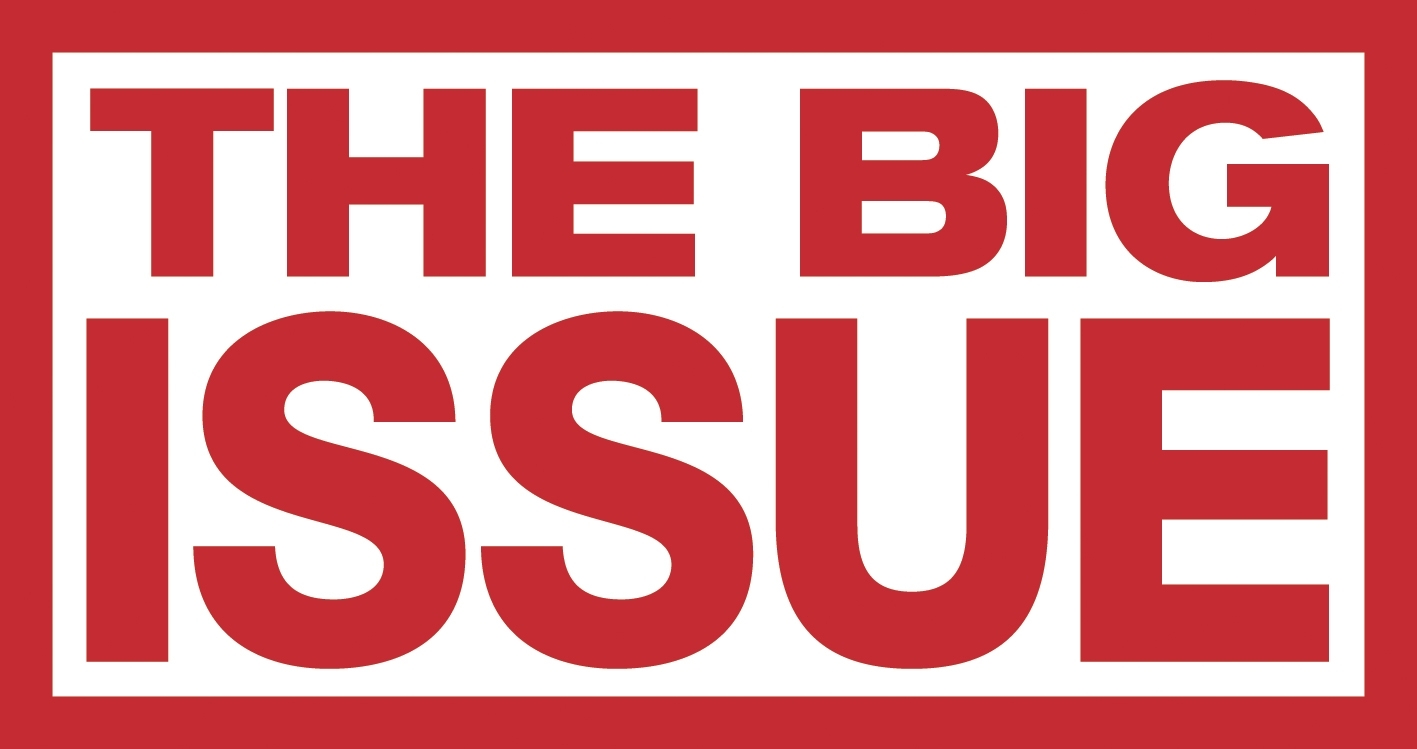16 November 2020 (Palaiochora, Crete) – Over the weekend I read the complaint in Taylor et al v. Google (for a link to the docket click here). The case is related to Google’s use of personal data for undisclosed reasons without explicit user permission to consume the user’s bandwidth on a mobile network. A short rundown of the most interesting factoids:
• Google’s suck of hundreds of megabytes of data is characterized as a “dirty little secret.” Hundreds of megabytes of data does not seem to me to be “little.”
• Google allegedly conducts “passive information transfers which are not initiated by any action of the user and are performed without their knowledge.” I think this means taking data surreptitiously, yes?
• Taking the data uses for free network connections. I think this means that the user foots the bill for the data sucking.
• Android has a 54.4 percent of the U.S. smartphone market.
• The volume of data “transferred” is about nine megabytes per 24 hours when an Android device is stationary and not in active use. Huh. And people think it’s odd when the data pros tell them to turn all data services off when not actually using them. Eh, kids these days. What can you do.
This graphic appears in the filing on page 11:
The big bar shows Google’s data sucking compared to Apple. The complaint states:
Google has concealed its misappropriate theft of Plaintiffs’ cellular data.
So let’s see: are Google’s senior executives going to claim they were “unaware” of what the Android phones are allegedly doing? Like they were “unaware” of so many employee activities, most recently the leak of ideas for thwarting/sinking EU regulators? Or is this just another example of what tech critic Matt Stoller calls “entitlement management”, that is, acting in a manner of a high school science club confident in its superiority over lesser mortals?
There is a lot to unpack here and I have two other writing projects that need my attention so just a few points:
• The complaint contends that Google is using Android users’ limited cellular data allowances without permission to transmit information about those individuals that’s unrelated to their use of Google services.
• Data sent over Wi-Fi is not at issue, nor is data sent over a cellular connection in the absence of Wi-Fi when an Android user has chosen to use a network-connected application. What concerns the plaintiffs is data sent to Google’s servers that isn’t the result of deliberate interaction with a mobile device – we’re talking passive or background data transfers via cell network, here.
• “Google designed and implemented its Android operating system and apps to extract and transmit large volumes of information between Plaintiffs’ cellular devices and Google using Plaintiffs’ cellular data allowances,” the complaint claims. “Google’s misappropriation of Plaintiffs’ cellular data allowances through passive transfers occurs in the background, does not result from Plaintiffs’ direct engagement with Google’s apps and properties on their devices, and happens without Plaintiffs’ consent.”
• Google designed and implemented its Android operating system and apps to extract and transmit large volumes of information between Plaintiffs’ cellular devices and Google using Plaintiffs’ cellular data allowances
• Android users have to accept four agreements to participate in the Google ecosystem: Terms of Service; the Privacy Policy; the Managed Google Play Agreement; and the Google Play Terms of Service. None of these, the court filing contends, disclose that Google spends users’ cellular data allowances for these background transfers.
• To support the allegations, the plaintiff’s counsel tested a new Samsung Galaxy S7 phone running Android, with a signed-in Google Account and default setting, and found that when left idle, without a Wi-Fi connection, the phone “sent and received 8.88 MB/day of data, with 94 per cent of those communications occurring between Google and the device.” The device, stationary, with all apps closed, transferred data to Google about 16 times an hour, or about 389 times in 24 hours. Assuming even half of that data is outgoing, Google would receive about 4.4MB per day or 130MB per month in this manner per device subject to the same test conditions.
• Putting worries of what could be in that data to one side, based on an average price of $8 per GB of data in the US, that 130MB works out to about $1 lost to Google data gathering per month – if the device is disconnected from Wi-Fi the entire time and does all its passive transmission over a cellular connection.
• Much of the transmitted data, it’s claimed, are log files that record network availability, open apps, and operating system metrics. Google could have delayed transmitting these files until a Wi-Fi connection was available, but chose instead to spend users’ cell data so it could gather data at all hours.
Vanderbilt University Professor Douglas C. Schmidt performed a similar study in 2018 – except that the Chrome browser was open – and found that Android devices made 900 passive transfers in 24 hours.
• Under active use, Android devices transfer about 11.6MB of data to Google servers daily, or 350MB per month, it’s claimed, which is about half the amount transferred by an iPhone.
• The complaint charges that Google conducts these undisclosed data transfers to further its advertising business, sending “tokens” that identify users for targeted advertising and preload ads that generate revenue even if they’re never displayed (for more on this click here).
Data privacy? Data protection? Not going to happen. Get real. The rapid and continuous deployment of so many data slurping mechanisms has normalized everything, and though that does not make them acceptable (“Sure, sue us, here’s a check. Cost of doing business, mate”) they become more and more entrenched.
And the actual cost to consumers and Big Tech is not even the point here. Your average smartphone user – i.e. 99.99% – knows absolutely nothing about how their mobile phone works, how mobile networks work, how data collection works. Last year I wrote about 5,400 hidden trackers slurping data from your phone.
Nor do most smartphone users know the simple process to close off (most) of that slurping/tracking. In this case:
• Older Android phones have the “Mobile Data On/Off” button right on the “Slide down twice from the top menu”, where it is easy to find. Easy, once you are initiated to the idea of what “slide down twice from the top” might mean, of course.
• For reasons easy to guess, newer Android phones have now moved the “Mobile Data On/Off” button to “Settings -> Connections -> Mobile Networks -> Mobile Data”. That way fewer people will find it, and more people will be charged more money for data usage. You gotta love how Google is helpful to Verizon, ATT, or any other cell-phone carrier. In the olden days that would be something for the “trust busters”.
Yes, yes, yes. I know. It may be easy to turn off data on an Apple or Android phone (I use “airplane mode” all the time) but users should not need to do that. They have legitimate expectations that if their phone is “doing nothing” then there is no / little data transfer (maybe a tiny bit of data transfer if they have something that periodically gets new data e.g. a weather app as forecasts change) but they don’t expect their cellular data to be used for Google’s benefit alone.
But alas, my gentle reader, that is not how the world works.
And to my techie readers, I know. Other solutions include:
1. Root (it’s a Linux superuser, after all)
2. Custom ROM without Google
3. Blokada (you can even do this step on its own on any Android)
4. AdAway
#3 and #4 are fine for the average user, but not #1 and #2.
And we’ll need to brace ourselves for more. Last week Apple showed off it’s new M1-based machines. It’s best to think of the M1-based machines as a new type of computer system. AI-based computing for the masses. Every computer manufacturer and mobile manufacturer will be forced to follow. We are making a major philosophical leap in the underpinning of computers and mobile devices.
If you crudely “count cores” you’ll see 8 CPU and 16 (16!!) neural engine cores. So each and every M1 device is both a general purpose computing powerhouse and an AI/machine learning powerhouse.
Currently machine learning needs to happen on big cloud based computers but the M1 and its descendants allow that to occur on a “simple laptop”, and soon mobile. You can make a comparison to how Apple innovated in the camera space via personal tech (phones and tablets) and used tech such as computational photography and LiDAR. Apple is completely innovating in AI/machine learning with personal tech with the M1-based Macs with its specific Al/machine learning hardware and software.
And the future potential for data slurping? …..



